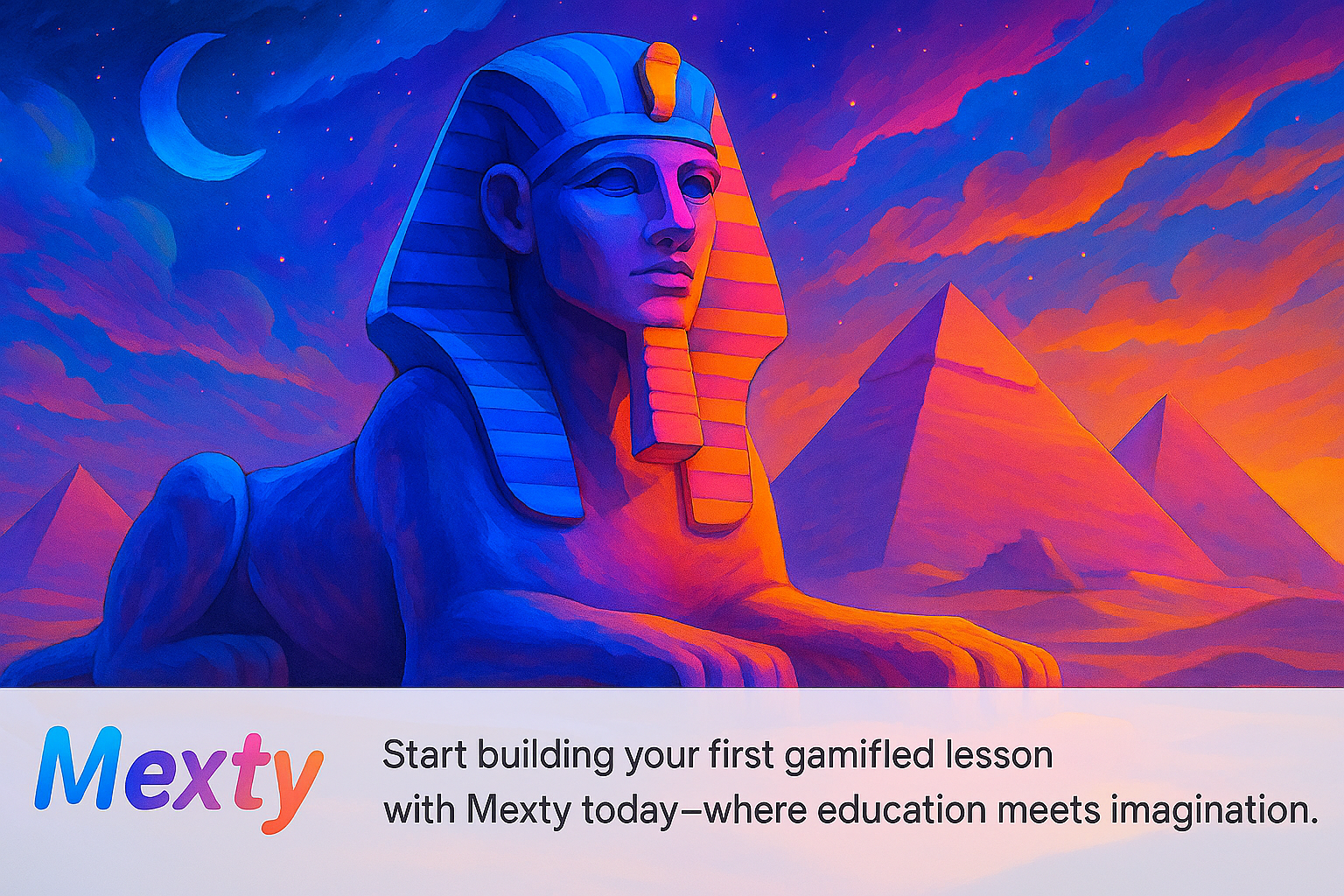Gamified Learning Content Made Easy: A Comprehensive Guide for Educators
In today's digital age, engaging students effectively requires innovative teaching methods. Gamification in education has emerged as a powerful tool to boost student engagement, motivation, and learning outcomes. This guide explores practical gamification examples and shows you how to create compelling gamified content for your classroom.
Understanding Educational Gamification
Gamification involves applying game-design elements in non-game contexts. In education, this means incorporating elements like points, badges, leaderboards, and challenges into learning activities. The goal is to make learning more engaging and motivating while maintaining educational value.
Effective Gamification Examples in Education
- Points and Rewards Systems: Award points for completing assignments, participating in discussions, or mastering concepts
- Progress Badges: Recognize student achievements with digital badges for reaching specific learning milestones
- Learning Quests: Structure lessons as missions or quests with clear objectives and rewards
- Competitive Challenges: Create friendly competition through team-based activities or individual challenges
- Level-Based Learning: Organize content into levels that unlock as students progress
Creating Gamified Content Using Educational Platforms
Platforms like Mexty make it easy for teachers to create gamified learning experiences. Here's how to get started:
1. Plan Your Gamification Strategy
Before diving in, determine:
- Learning objectives
- Game elements that best support these objectives
- Reward systems and progression paths
- Assessment methods
2. Design Engaging Content
Create content that combines educational value with game elements:
- Interactive quizzes with immediate feedback
- Story-based lessons with character progression
- Achievement-based learning paths
- Collaborative challenges and team activities
3. Implement and Monitor
Track student engagement and progress through:
- Performance analytics
- Student feedback
- Achievement metrics
- Participation rates
Best Practices for Gamified Learning
To ensure success with your gamified content:
- Keep the focus on learning objectives, not just entertainment
- Maintain a balance between challenge and achievement
- Provide meaningful feedback and rewards
- Create clear rules and progression paths
- Allow for different learning styles and abilities
Measuring Success
Evaluate the effectiveness of your gamified content by monitoring:
- Student engagement levels
- Learning outcomes and test scores
- Completion rates
- Student satisfaction and feedback
Conclusion
Gamification in education offers exciting opportunities to enhance student engagement and learning outcomes. By understanding key principles and utilizing available tools, educators can create effective gamified content that motivates students while achieving educational goals. Start small, experiment with different approaches, and continuously refine your strategy based on student feedback and results.


